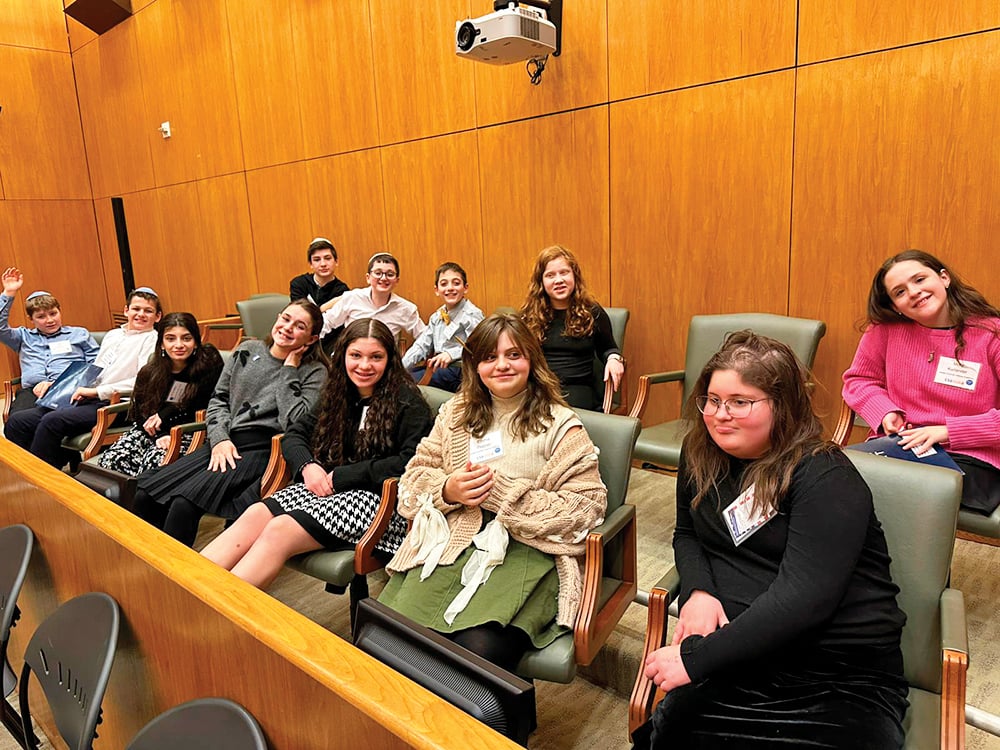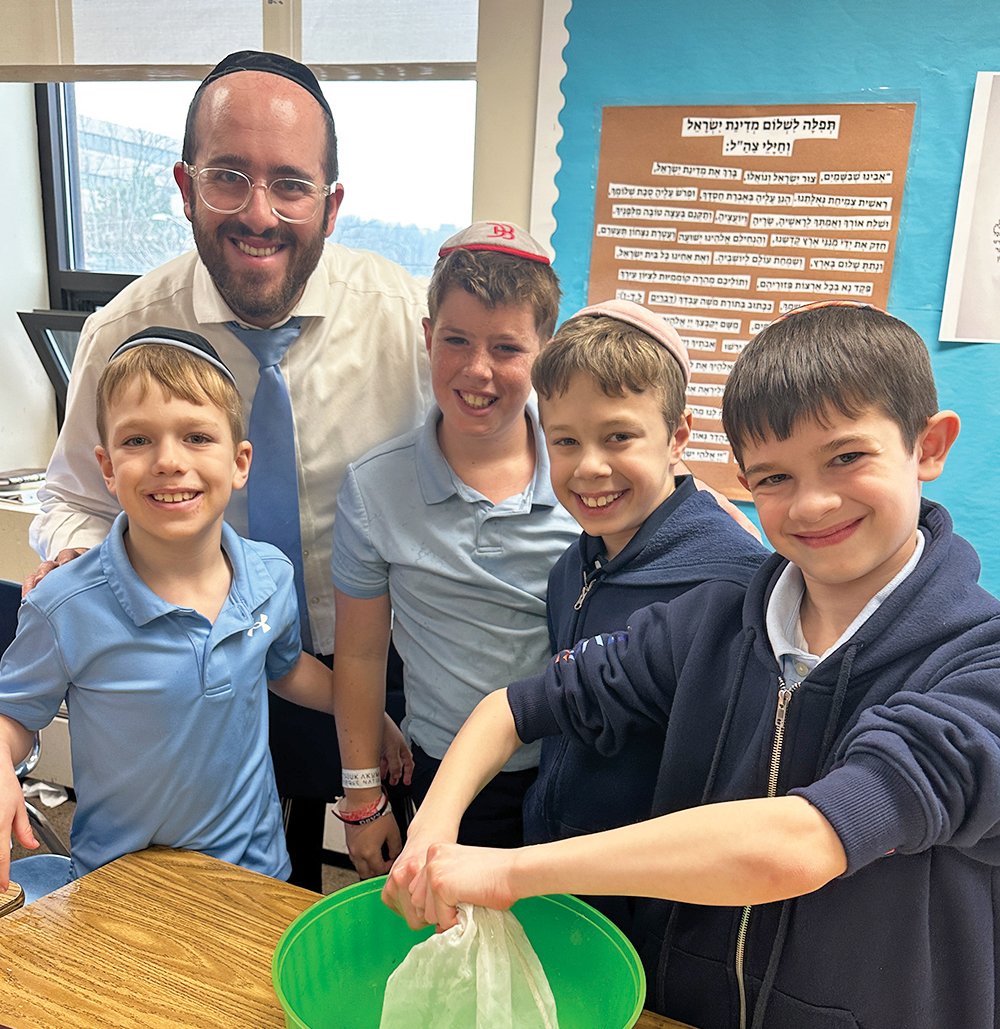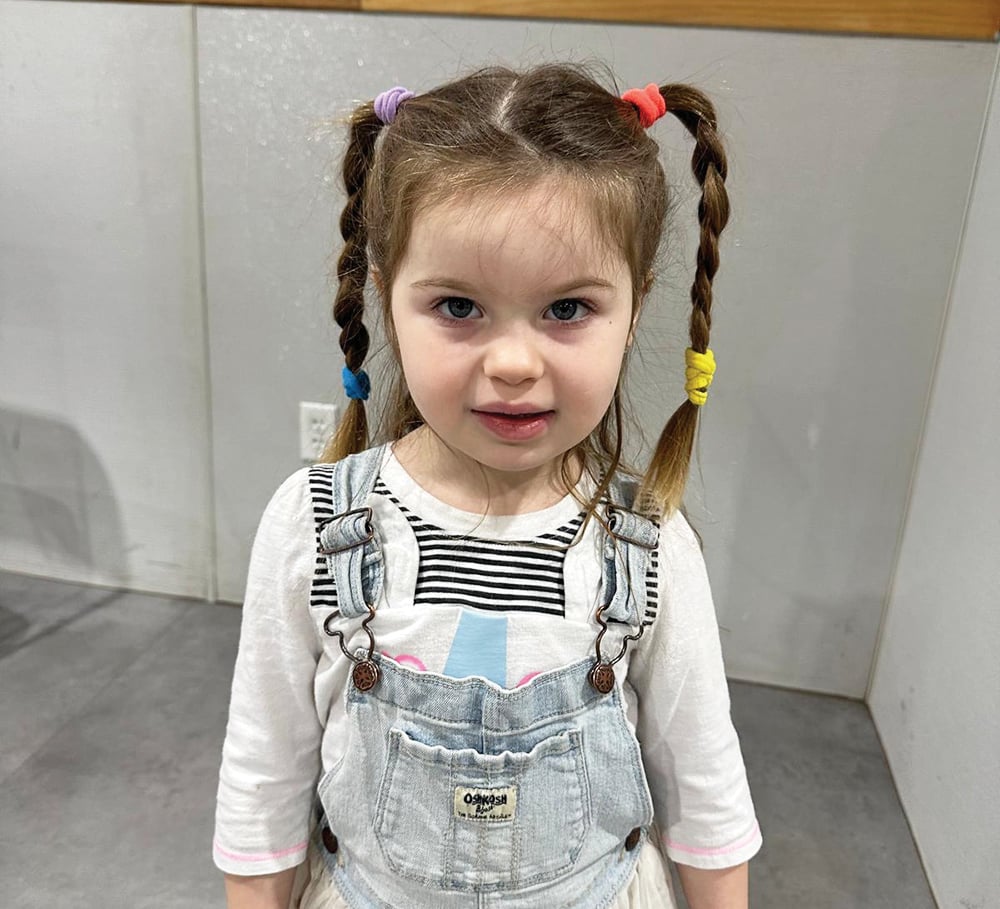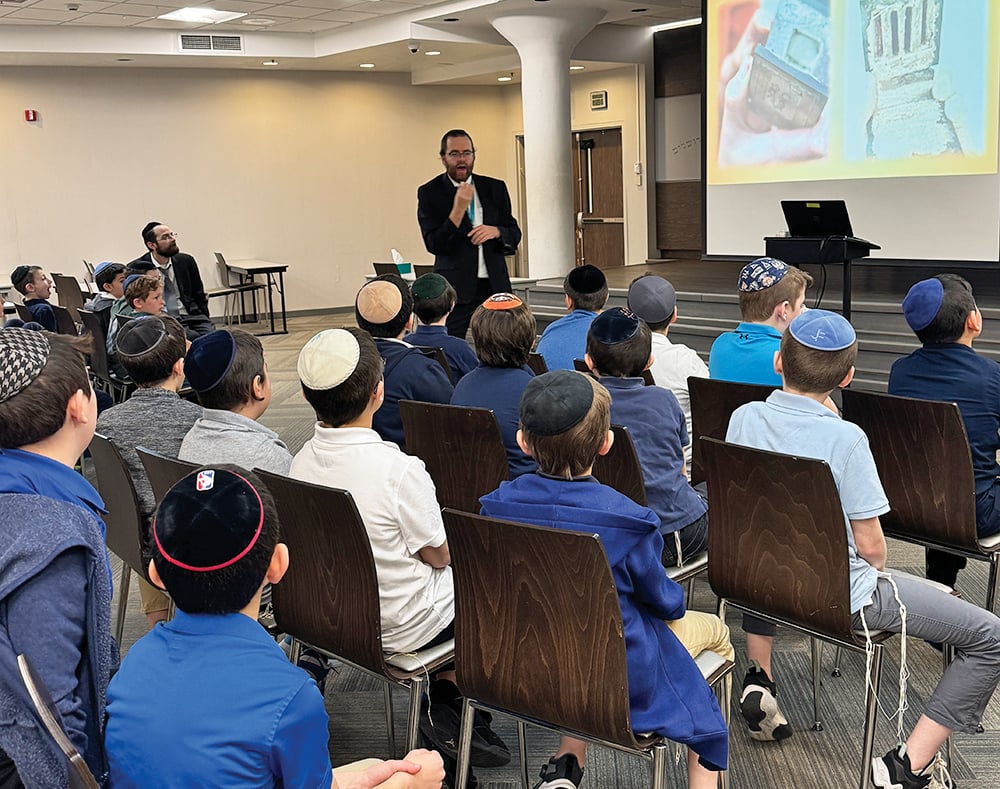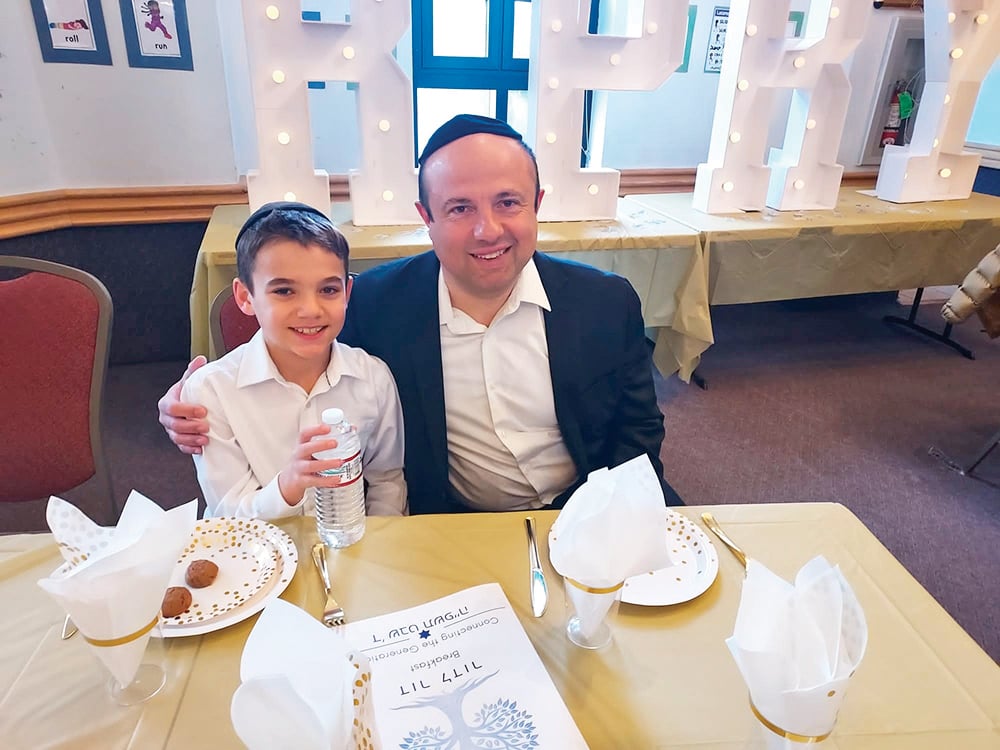A Compelling Question
Sometimes it takes a while to answer a very good question. In the spring of 2018 we were learning Megillat Rut with a wonderful group of talmidim. We were learning how Chazal strongly criticized Elimelech’s decision to leave Eretz Yisrael at a time of famine. Chazal explain that the wealthy Elimelech was shirking his responsibility to support the poor of Israel at a time of their greatest need. Even worse, Chazal view Elimelech as the gadol hador, the leading light of his generation. The terrible fall of the gadol hador is most disturbing!
Moreover, Elimelech moves to Moav since Moav militantly rejects chesed. Just like its ancestors in Sedom, Moav denies the idea of extending kindness to others. Moav is ideal for Elimelech to protect and shelter his wealth from the demands of the Jewish poor. Hashem punishes the once-great Elimelech with early death for his abysmal attitude and action.
The TABC students proceeded to ask why then do Jews name children Elimelech? We do not name our children after people with a negative legacy. Even famed rabbis are called Elimelech, such as the celebrated Rav Elimelech of Lizhensk, Rav Elimelech Schachter (Rav Schachter’s father), Rav Elimelech Biderman, and Rav Elimelech Bluth, a leading student of Rav Moshe Feinstein. I praised the students for raising this very good question but acknowledged that I did not have an answer. However, nearing this year’s Shavuot, an answer arose.
Mitah Mechaperet and Ishto K’Gufo
My wife Malca notes that Chazal teach mitah mechaperet (Yoma 8:8). Elimelech’s premature passing serves as kaparah (atonement) for his severe sinning. In addition, my wife invokes the Talmudic principle of ishto k’gufo; we view husband and wife as one entity (Sanhedrin 28b). She believes that Naomi’s teshuva, expressed in her return to Bet Lechem despite the extraordinary difficulty in doing so, counts as Elimelech’s posthumous teshuva.
Elimelech’s Rehabilitation
Malca’s idea of Elimelech’s post-mortem teshuva is supported in my recently released work “From Chaos to Kingship: An In-Depth Exploration of Megillat Rut.” In Chapter 26 we develop the idea that in Perek 4 of Megillat Rut, Naomi, Rut and Boaz orchestrate the restoration of Elimelech’s reputation in Beit Lechem. We write:
The purchase of Naomi’s field is not merely aimed at relieving Naomi’s poverty. It also restores Naomi’s standing in Beit Lechem. Notice how Elimelech is referred to in Rut Perek 4 Pasuk 3. Achinu! This brings to mind an important Rashi to Devarim 25:3 אַרְבָּעִים יַכֶּנּוּ, לֹא יֹסִיף: פֶּן-יֹסִיף לְהַכֹּתוֹ עַל-אֵלֶּה מַכָּה רַבָּה, וְנִקְלָה אָחִיךָ לְעֵינֶיךָ. Rashi adds: ונקלה אחיך: כל היום קוראו רשע ומשלקה קראו אחיך. After the sinner receives malkot, we regard him as a brother. Elimelech and his family have undoubtedly received their fair share of “malkot.”
Elimelech became a pariah in Beit Lechem for leaving during the famine. However, now that he has “paid his dues,” his standing and reputation can be resurrected. Also, note the concluding point of the pasuk, which describes Naomi as “hashavah misdei Moav.”
Recall how this exchange is happening before 10 ziknei ha’ir. A crowd seems to be forming as well; carefully notice the pasuk “neged hayoshevim v’neged ziknei ami” (the “yoshevim” refers to the gathered crowd). Rut Perek 4 Pasuk 11 suggests this idea as well. Naomi and Elimelech are publicly being restored to an honorable station in Beit Lechem!
A Compelling Answer
Accordingly, it is quite reasonable for Elimelech to be used even by great rabbis since Megillat Rut’s Elimelech has done teshuva. The once-great Elimelech is once again viewed as great! Elimelech’s restoration is a stunning extension of the Talmudic teaching “brah mezakeh avuhah,” a child can bring merit to his parent, even after the latter’s death (Sanhedrin 104a). No wonder why the name Elimelech is popular, especially among chasidim, for chasidut teaches the enormous power of teshuva and the ability of family members and even later generations to redeem neshamot of those who did not realize their potential in this world.
Conclusion
More than four years after the TABC talmidim posed their question, we finally formulated a response. Such is the way of authentic Torah study. One attends a yeshiva in part to learn how to pose a compelling question to yield deeper insight into Hashem’s holy Torah. However, one also learns to accept that one does not always readily find a satisfying answer to these questions. Occasionally, the Gemara and its commentaries raise a question for which they acknowledge that they do not know the answer.
Sometimes, answers emerge years after they are posed. Once in a while one does not discover an answer in his lifetime. However, “Tishbi yetaretz kushyot ubayot,” Eliyahu HaNavi will answer all the unanswered questions. In the meantime, we wait patiently for the answers.
An essential part of being a good Jew is having patience. May Hashem reward our patience by revealing even more deep insights into His beautiful Torah!
Rabbi Haim Jachter is the spiritual leader of Congregation Shaarei Orah, the Sephardic Congregation of Teaneck. He also serves as a rebbe at Torah Academy of Bergen County and a dayan on the Beth Din of Elizabeth.




